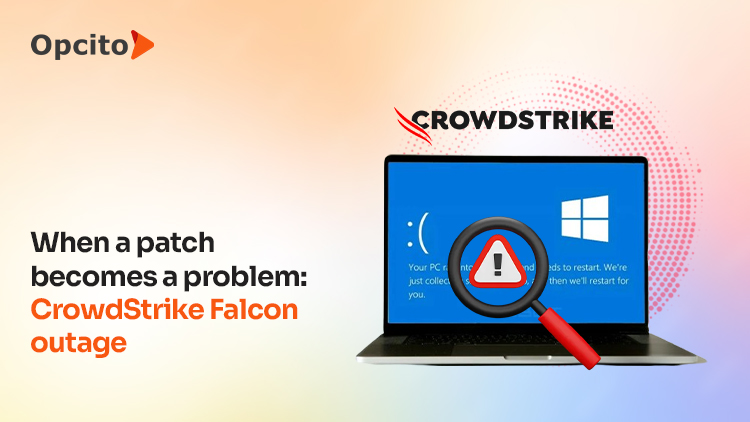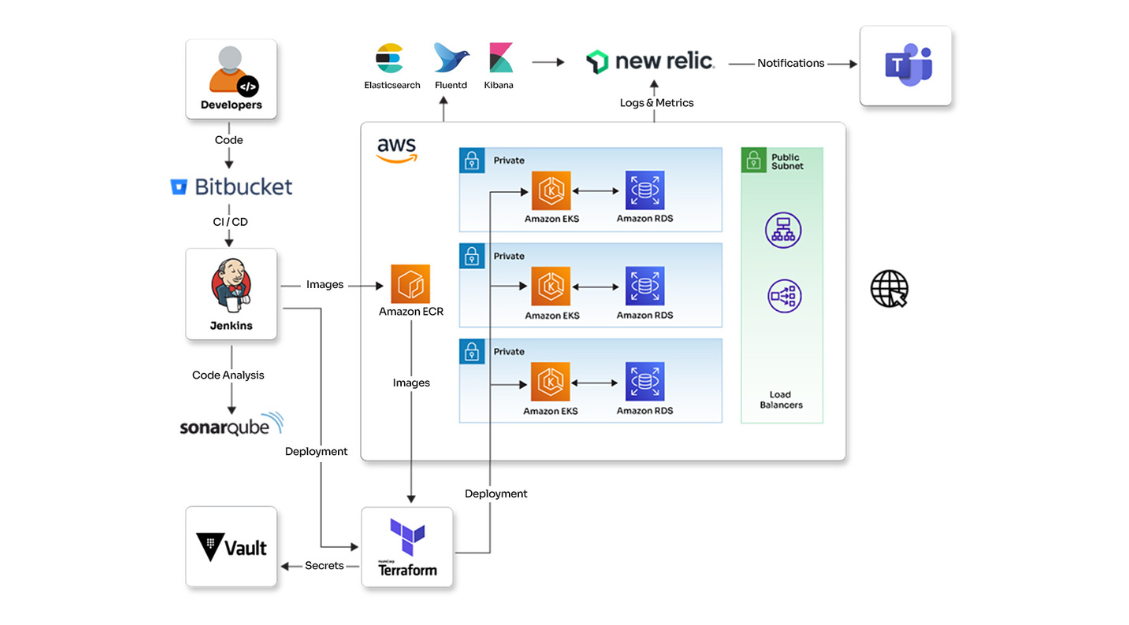Educating and empowering developers to build the DevSecOps culture
In our increasingly interconnected world, where data breaches and security threats dominate headlines, it is time for organizations to step up their security game to ensure threats and breaches are kept at bay. To tackle these challenges head-on, it is crucial to establish a robust security culture that penetrates every aspect of an organization.
Gone are the days of assigning security to a single department, hidden away from the rest of the organization. In this new era, every employee becomes a security person, equipped with the power to safeguard their digital empire. From the executive boardroom to the customer support team, everyone must embrace their role in creating a robust security-first culture.
Why do organizations need a security culture?
The weakest link in any security system is often the human element. A security culture is primarily designed for humans, helping them understand the importance of security and providing them with a framework to make informed decisions. Humans within an organization want to do the right thing but need guidance and education to navigate the complex landscape of cybersecurity threats. Creating a company culture for security helps create awareness, instil best practices, and establish a collective responsibility to protect sensitive information.
A security culture is not something that develops organically; it requires conscious effort and investment. It goes beyond simply implementing security measures and instead fosters a mindset where security is ingrained in every process, decision, and individual responsibility. By building a security culture, organizations create an environment where security is a shared commitment, and everyone plays a vital role in safeguarding the organization's digital assets.
What can organizations do to enhance their security culture?
To enhance their security culture, organizations should start by instilling the notion that security belongs to everyone. It is not solely the responsibility of the security department but rather a shared commitment across all roles and levels. By incorporating security into the organization's vision and mission, leaders can emphasize its non-negotiable nature and highlight its significance from the highest levels. Furthermore, organizations should focus on raising security awareness through comprehensive training programs, including both general security awareness and specialized training for developers and testers.
Best practices to implement a security culture
Creating a strong security culture requires a deliberate and systematic approach. Here are some tips to enhance your organization's security culture:
- Leadership commitment: Executives must prioritize security, embedding it into the organization's vision, mission, and strategic objectives. They should champion security initiatives and serve as role models for the desired security culture.
- Training and awareness: Establish comprehensive security awareness programs to educate employees about potential threats, best practices, and their role in maintaining a secure environment. This includes regular training sessions, workshops, and ongoing communication to keep employees informed about evolving security risks.
- Clearly defined policies and procedures: Develop and communicate clear security policies and procedures that outline expected behaviour, responsibilities, and consequences for non-compliance. Regularly review and update these policies to address emerging threats and technological advancements.
- Collaboration and communication: Foster a culture of collaboration and open communication across departments, encouraging employees to share security concerns, report incidents, and exchange best practices. Regular security-focused meetings, newsletters, and communication channels can facilitate information sharing and collaboration.
- Reward and recognition: Recognize and reward individuals and teams for their contributions to maintaining a strong security culture. Implement incentive programs that acknowledge employees who demonstrate exceptional security awareness, implement innovative security measures, or identify and mitigate vulnerabilities. Recognitions can include monetary rewards, public acknowledgments, or career development opportunities.
- Continuous improvement: Establish mechanisms for continuous improvement by conducting regular security assessments, audits, and evaluations. Actively seek feedback from employees and stakeholders to identify areas for improvement and implement necessary changes. This includes addressing vulnerabilities, updating policies, and integrating modern technologies and best practices into the security culture.
- Embed security into processes: Integrate security into every aspect of the organization's processes, including project planning, development, procurement, and third-party engagements. Conduct thorough security assessments, implement secure coding practices, and prioritize security testing throughout the software development lifecycle.
- Empower employees: Provide employees with the knowledge, resources, and authority to take ownership of security. This includes training programs, access to security tools, and opportunities for professional growth in the security field.
- Stay abreast of security trends: Continuously monitor and analyse emerging security threats and trends. This knowledge enables organizations to adapt their security strategies and practices to mitigate evolving risks effectively.
Features of a sustainable security culture
- Deliberate and disruptive: It actively challenges the status quo, driving meaningful change and better security practices. This includes regularly assessing and updating security measures to stay ahead of emerging threats.
- Engaging and fun: Making security an enjoyable endeavour encourages employee participation and makes security practices more likely to be adopted. Gamification, interactive training sessions, and recognition programs are effective ways to engage employees in the security culture.
- Rewards and recognizes: Recognizing employees' dedication and efforts to security builds motivation and reinforces the importance of security in the organization. Recognitions can range from simple acknowledgments to formal rewards and incentives.
- ROI: A sustainable security culture provides a return on investment by improving offerings and reducing vulnerabilities, thus benefiting the organization.
Final thoughts
Yes, security has always been a huge need, but kept on the sidelines. In an era dominated by cybersecurity threats and sophisticated attackers, organizations must embrace the challenge of building a security culture. By cultivating a security-first mindset, deliberate investments, engagement, education, recognition, and the implementation of well-defined steps, organizations can forge a sustainable security culture that trickles down to every phase of their operations. It is the collective responsibility of every individual within an organization to contribute to a secure environment. Write to us at contact@opcito.com and let us help you fortify your organizations against evolving threats and ensure a safer digital future.













